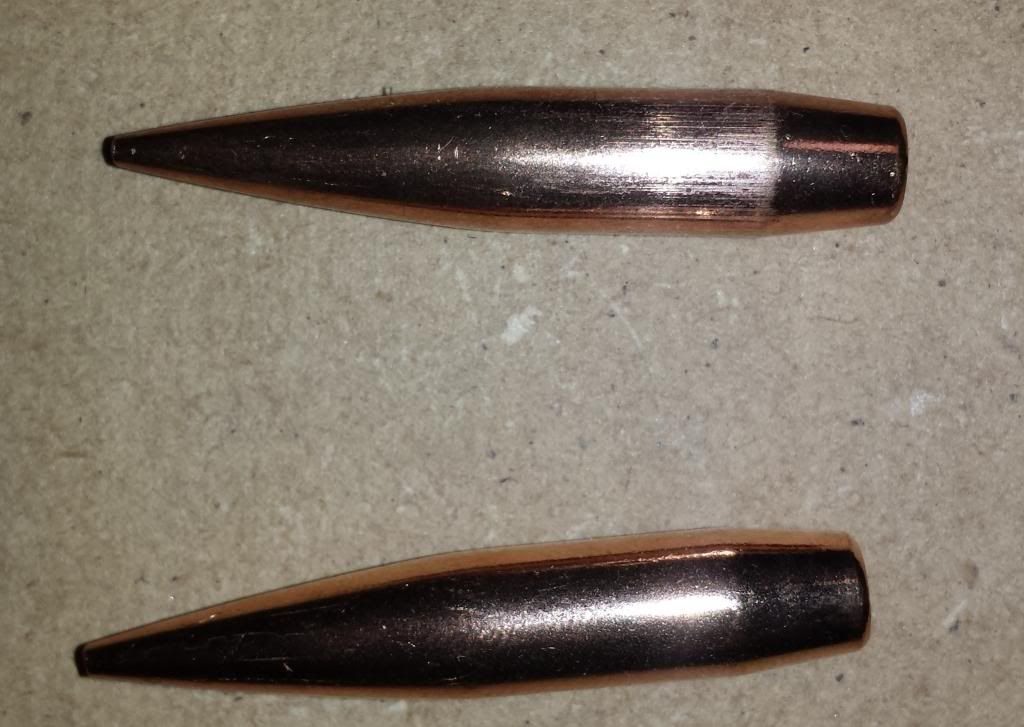So i might be changing 338 but I have alot of loaded ammo from my last rifle. Considering I only use 1 to a max of 2 thousands of neck tension, would there be any accuracy loss at all if I pulled the bullets, and started over?
I know it won't be big, since the pull marks will be small and the bullet morphs to the barrel anyways.... But I'm just wondering if anyone has done testing to see if it effects it at all (. 25 moa?). I wouldn't want to give up an ounce of accuracy at a mile +.....
I have an inertia hammer, if that makes a difference.
I know it won't be big, since the pull marks will be small and the bullet morphs to the barrel anyways.... But I'm just wondering if anyone has done testing to see if it effects it at all (. 25 moa?). I wouldn't want to give up an ounce of accuracy at a mile +.....
I have an inertia hammer, if that makes a difference.


